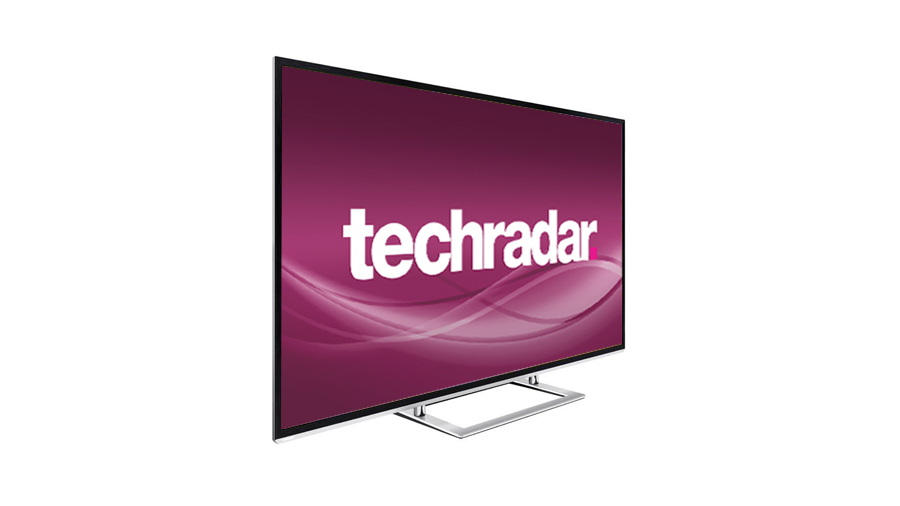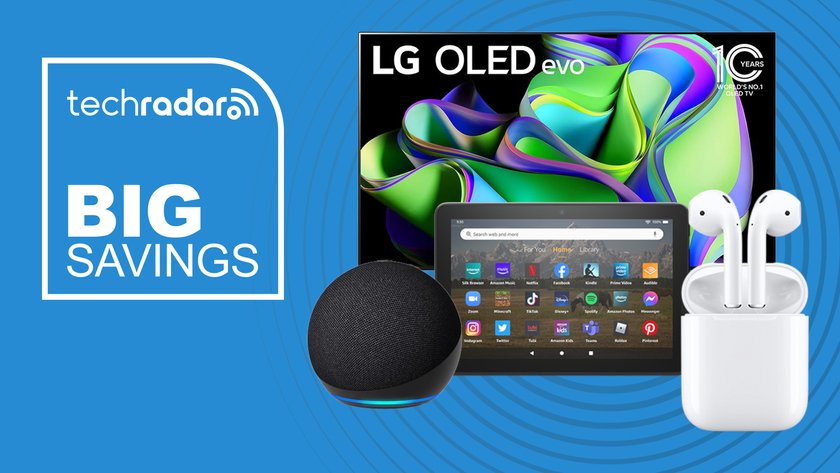Why you can trust TechRadar
The current lack of readily available UHD content may mean it's a few months at least before you're able to make full use of the 65L9363DB's 3840x2160 pixel count.
But we're lucky enough to have a few UHD sources lying around the test room now, and Toshiba also supplied some demo content of its own on a high-spec laptop. So it's with this high-end content that we start our picture tests.
Almost inevitably, true UHD instantly looks sensational.
The 65-inch screen on the 65L9363DB is amply big enough to demonstrate the advantages of having four times as many pixels in what you're watching as you get with HD - advantages which chiefly comprise levels of detail so high the picture basically looks like reality; a sense of depth to large-scale shots much more extreme than you see with HD; and colours that look beautifully nuanced thanks to the way the extra resolution can remove colour blocking and striping artefacts.
It's also good to see that the 65L9363DB doesn't sell UHD content too short when there's motion to handle. Sony, and especially Samsung, handle motion with UHD sources slightly better - though to be fair the extent of resolution lost over moving objects by the 65L9363DB is seldom severe enough to be distracting.
To get the crispest motion you need to use Toshiba's motion processing options, which wouldn't normally be something we'd recommend. But thanks to the power of the CEVO processing engine you can apply motion processing on the 65L9363DB without having to worry about the twitching, stuttering issues noted with the motion processing on lower-level Toshiba TVs.
We mentioned the extreme subtlety of the 65L9363DB's colour performance back there, but also extremely impressive is the vibrancy of the colour palette.
There's more dynamism in the colour presentation than you get with Samsung's F9000 models, and actually the Toshiba's colour potency doesn't fall far short of the class-leading efforts of Sony's X9005A 4K TVs, with their new TriLuminos colour technology.
In fact, it's in this colour aspect of its performance that the 65L9363DB most demonstrates just how far it sits above Toshiba's normal TVs in terms of its innate panel quality and processing sophistication.
The 65L9363DB's contrast initially looks fantastic too. During sequences that combine a mix of bright and dark content, in fact, we'd say Toshiba's set delivers what looks like the starkest contrast performance we've seen from any UHD TV to date.
Oddly, though, this situation reverses when you're watching more uniformly dark content. For here both the Sony and, especially, the Samsung UHD TVs, produce comfortably deeper, richer black levels than the 65L9363DB.
What's more, dark scenes also uncover a flaw in the 65L9363DB's UHD make up; namely that the screen's apparent lack of native contrast means it struggles to produce detail in dark parts of the picture, creating a hollow feel that's emphasised by the outstanding detail on show with bright UHD images.
We guess it doesn't help that the 65L9363DB struggles with shadow detail and that, unlike Sony and Samsung's UHD TVs, it doesn't appear to support any form of local dimming technology.
It's not just with its black level performance that the 65L9363DB struggles against its Samsung and Sony rivals, either.
For while it upscales HD and even standard definition to its UHD pixel count perfectly pleasantly, with palpable extra pixel density and a retention of those pleasing colour standards noted with UHD, the results also look less crisp, less noise-free and less UHD-like than those of its two key rivals.
One other minor issue we noted with our review sample is the very occasional appearance of some extremely subtle vertical banding over bright pictures. This was so fleeting that it's entirely possible most people won't ever notice it, though, and it could be just an issue specific to our sample.
The last element of the 65L9363DB's picture performance to consider is its passive 3D playback. And in some ways this is the shiny star in the set's performance firmament.
The sheer clarity of the 3D images is breathtaking.
A number of factors contribute to this, including an almost complete absence of crosstalk ghosting noise (as long as your vertical viewing angle isn't too extreme), some unexpectedly assured motion handling, considering the problems Toshiba has in this area with its cheaper, non-UHD TVs, and lots of detail thanks to the ability of the UHD resolution to deliver full HD 3D Blu-ray images with none of the resolution loss you get with regular HD TVs.
To be clear about this, unlike Samsung's active 3D TVs, the 65L9363DB doesn't upscale images to produce a UHD-level of horizontal resolution. But there will doubtless be some, if not many, viewers who will prefer the beautiful naturalism and relaxed feel of the 65L9363DB's passive images.
The 65L9363DB's ability to combine really bright colours and whites with apparently deep black colours within the same frame also pays dividends with 3D, as it helps the set handle better the contrast-based depth cues used by all decent 3D transfers.
To top it all, the slight dimming effect of Toshiba's 3D glasses reduces the obviousness of the screen's contrast problems.
In short, the 65L9363DB produces one of the most convincing arguments in favour of 3D we've seen to date.
John has been writing about home entertainment technology for more than two decades - an especially impressive feat considering he still claims to only be 35 years old (yeah, right). In that time he’s reviewed hundreds if not thousands of TVs, projectors and speakers, and spent frankly far too long sitting by himself in a dark room.














